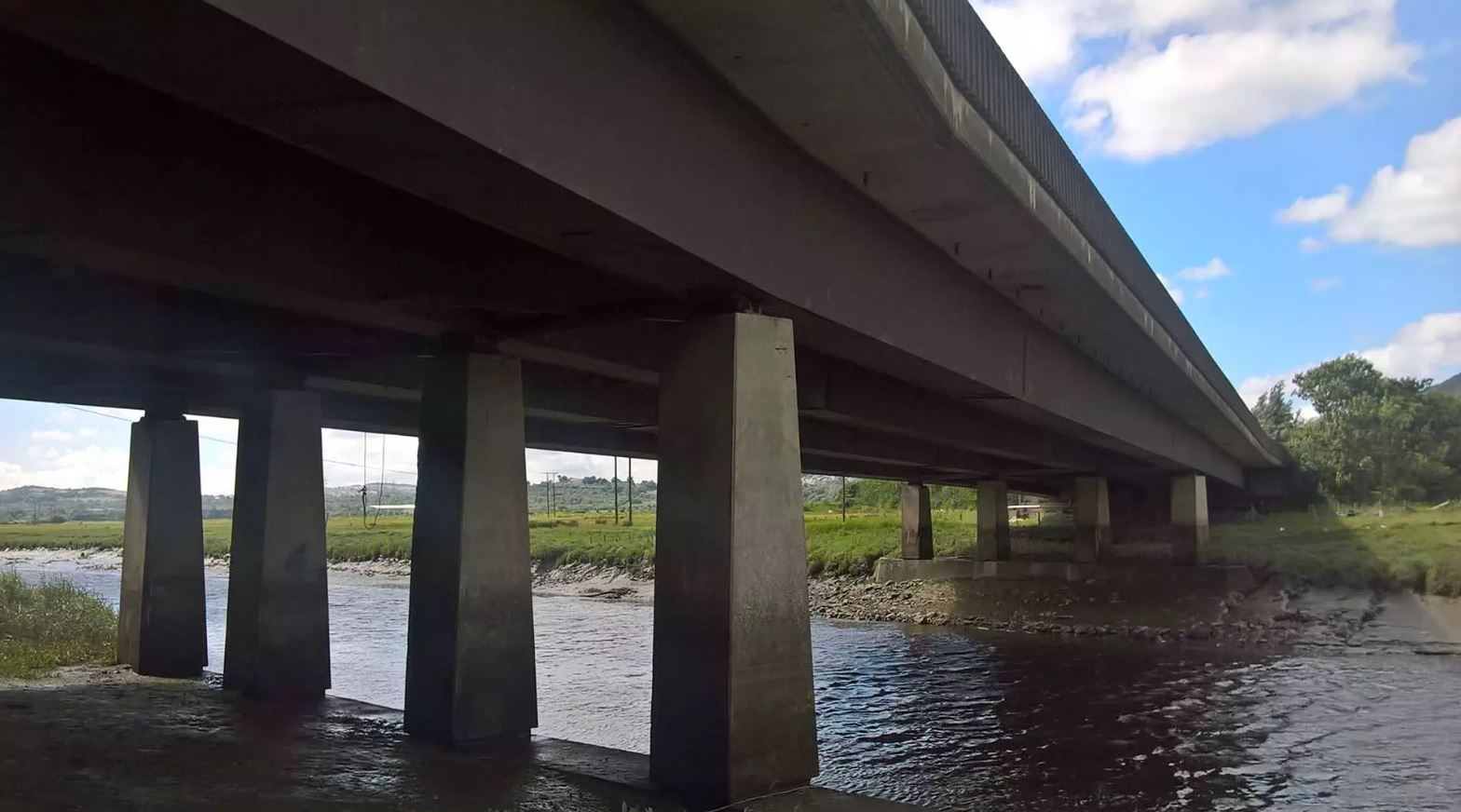 Imagine a world where fixing America’s aging bridges is as simple as spray painting a wall. Well, thanks to a team of researchers at Florida International University (FIU), that vision is getting closer to reality. They’ve developed a revolutionary spray-on technique using Ultra High-Performance Concrete (UHPC) that doesn’t just repair bridges—it makes them stronger than ever.
Imagine a world where fixing America’s aging bridges is as simple as spray painting a wall. Well, thanks to a team of researchers at Florida International University (FIU), that vision is getting closer to reality. They’ve developed a revolutionary spray-on technique using Ultra High-Performance Concrete (UHPC) that doesn’t just repair bridges—it makes them stronger than ever.
In the U.S., over 40,000 bridges are considered structurally deficient, and another 221,000 need repairs. That’s a huge number, right? The American Road & Transportation Builders Association believes this new method could be a game-changer. The spray-on UHPC system applies thin, strong layers of concrete, offering superior durability and water resistance compared to traditional materials.
UHPC isn’t new; it’s been around for about thirty years. However, its high cost has kept it from being widely used here in the States. That’s where this innovation comes in. According to Atorod Azizinamini, a civil engineering professor at FIU, “UHPC has historically been very expensive because most versions on the market are commercial. Even a thin layer can drastically improve a structure’s strength and protect it from water.”
FIU has developed a more affordable UHPC mix, costing about $500 per cubic yard—much cheaper than many commercial options. Since only a thin coating is needed, the overall project costs stay reasonable. The application process is straightforward too; it involves spraying the concrete, much like you would with paint, without adding much weight to the structure.
The first test of this system took place on a bridge in Virginia, which had issues with corrosion from deicing salts used in cold weather. Sam Fallaha, an engineer with the Virginia Department of Transportation, was impressed by how easy it was to apply and its effectiveness on vertical surfaces. This successful trial was the first of its kind in the U.S., and FIU is now moving to commercialize the technology while training more engineers to use it properly.
“Anyone who’s used a glue gun knows how tricky it can be to keep the nozzle from clogging,” says Morgan Dickinson, a Ph.D. student in Azizinamini’s lab. “The same goes with our UHPC system. If you don’t clean it, the concrete hardens, and you might have to toss parts away. Fortunately, there’s a lot of interest from people eager to learn how to use our system correctly.”
Kia Hajifathalian, a Vice President at Baker Construction, sees massive potential for this system across the nation. “This isn’t just lab research with limited applications. FIU has figured out how to use UHPC to repair buildings and bridges on a large scale,” Hajifathalian says.
For this system to gain wider acceptance, it’ll need more testing to ensure it works well with other construction processes, like painting and aesthetics. But the innovation offers a promising solution to a significant challenge in the construction industry. “The biggest nightmare for a concrete contractor is pouring concrete, testing it later, and finding it’s not as strong as expected because something went wrong. Having concrete in a pre-bagged system like FIU’s, where you have quality control, is crucial.”
By combining cost-effectiveness, ease of use, and enhanced structural integrity, FIU’s spray-on concrete system could leave a lasting mark on America’s infrastructure.








